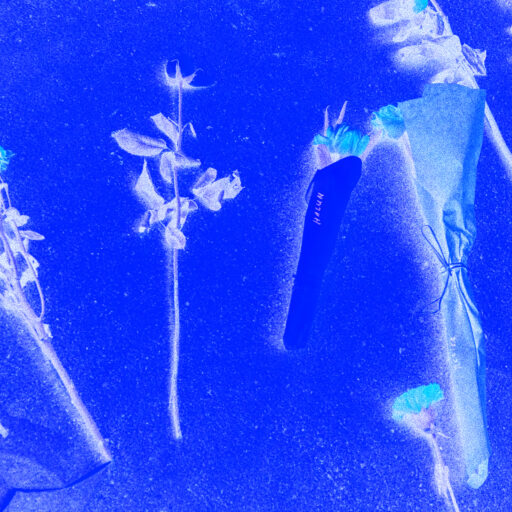
Serhiy Morgunov
Serhiy Morgunov, 38, is a Ukrainian photographer, producer, and cinematographer based in Kyiv and Warsaw. He has worked for various international media outlets, including The Washington Post, Vice Studio, National Geographic, and Channel 4. His work focuses on people, communities, and their transformations under different political and social circumstances.
Razglednica
by Serhiy Morgunov
“Razglednica” (postcard, in English) is a multimedia project born from my experiences during a brief visit to Bosnia. This project aims to capture the essence of the war that occurred 30 years ago and reflect on its impacts on the present day, drawing parallels with the future that possibly awaits Ukraine due to Russian military aggression. I have chosen a familiar and accessible medium: postcards.
For decades, postcards have been a means of communicating experiences, impressions, and images to people far away, often in different contexts. In the past, logistical challenges sometimes turned postcards into messages that bridged different times. Postcards capture specific moments or convey a simple message. They freeze impressions, creating a snapshot of history. Receiving a postcard from a distant place can ignite imagination and longingby providing a glimpse of the world through someone else’s eyes.
Postcards force the sender to focus on the essence of the message, selecting only the most important and sincere elements. Therefore, this project is a heartfelt attempt to convey images of the places I visited in Bosnia and the experiences of the people I met, sharing concise episodes of the experiences they have carried with them for three decades.
The project consists of three videos and a series of photographs from Srebrenica and Žepa, which were declared “safe areas” during the war and later became centers of actions recognized as genocide.
Razglednica – Putovanje iz Srebrenice do Potočara (From Srebrenica to Potočari)
On July 11, 1995, General Ratko Mladić’s forces entered Srebrenica from the south at around 11:00 a.m. The attack commenced from the most weakly defended side of Srebrenica, allowing Serbian troops to penetrate the city swiftly and deeply. Until the very last moment, many residents couldn’t believe it would happen and started their morning like every other during the war conditions they had adapted to. Little did they know that, even though they lived in a so-called “safe zone,” the majority of the male population would be annihilated within three days.
The video will depict the complete route taken by Ratko Mladić’s forces from Srebrenica toPotočari, where one of the most cynical war crimes of this conflict occurred. Throughout the footage, viewers hear the voices of men who survived and women who tragically lost their husbands, sons, brothers, and fathers. Their memories and testimonies together form a collective experience of one tragic event.
Razglednica – “Sa zalaskom sunca, samo ptice pjevaju” (When the sun sets, only birds sing)
In Srebrenica, locals maintain silence with strangers about what happened. Bosnian Serbs uncomfortably avoid eye contact and claim they were not present. Bosnian Muslims lower their eyes and speak cautiously and restrainedly to avoid disrupting their reconciliation with the circumstances. Some cry. For many, it is still difficult to talk about the events that happened almost 30 years ago. The most poignant conversations are preserved in silence. Therefore, one learns about the town through the birds’ songs and the walls of buildings, which bear witness that it has not changed from the consequences of war. It sings of lost time. Lost years. Lost generations. And an uncertain future.
Razglednica – “Žepa: Šta je bilo prije i šta je bilo poslije” (Žepa: Before and after)
A brief history of a valley on the Drina River with its ancient origins. The valley was depopulated as a result of the war. Bosnian Serbs forcibly deported all residents. For some, this was their second deportation. But they always returned, rebuilding the community and reconstructing homes. This postcard captures the beauty of the valley and its community.
Postcards:
Landscapes of ruins in the village of Žepa evoke a timeless quality, resembling structures from various historical epochs–from the Ottoman Empire to the Second World War. These homes were burned by Chetnik forces in July 1995 and now stand as integral parts of the local landscape and historical narrative.
The negatives of the experiences in Žepa and Srebrenica.
Flowers dedicated to the children who lost their lives during the siege of Sarajevo.


